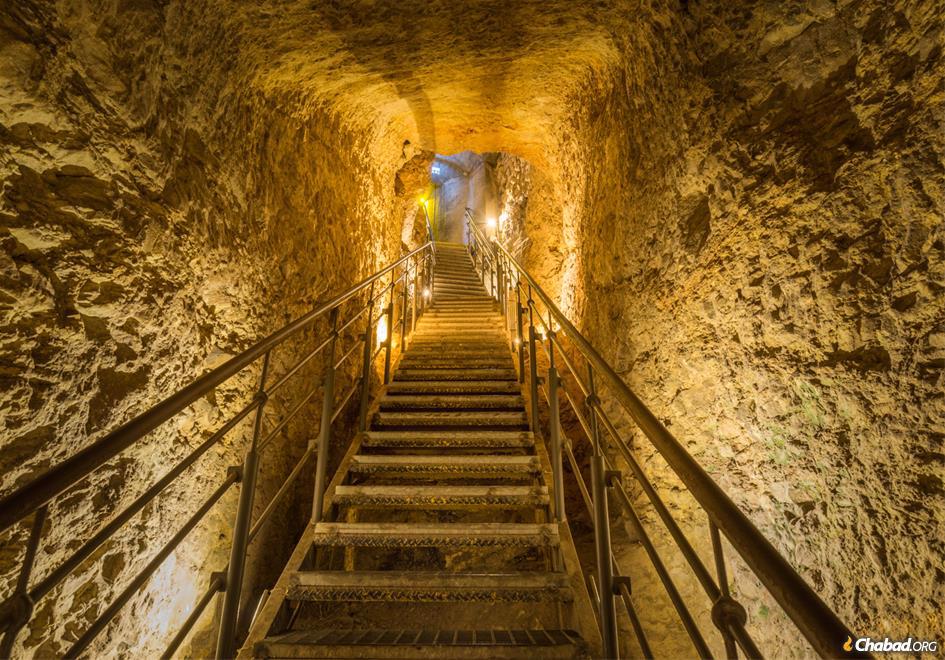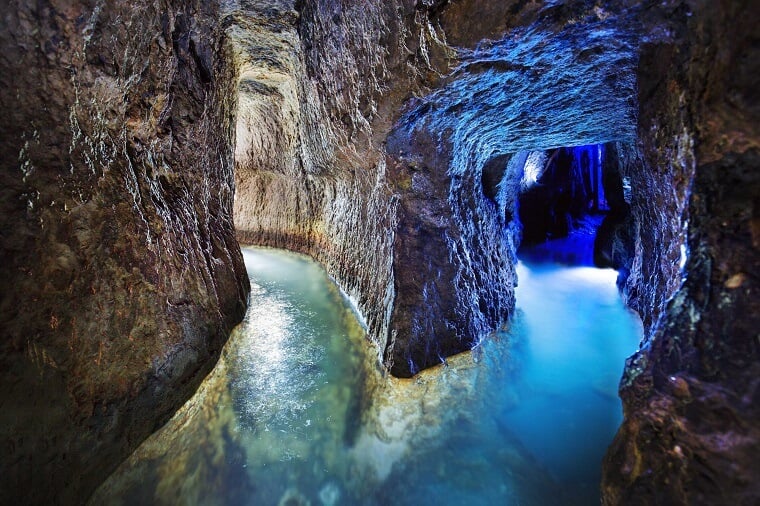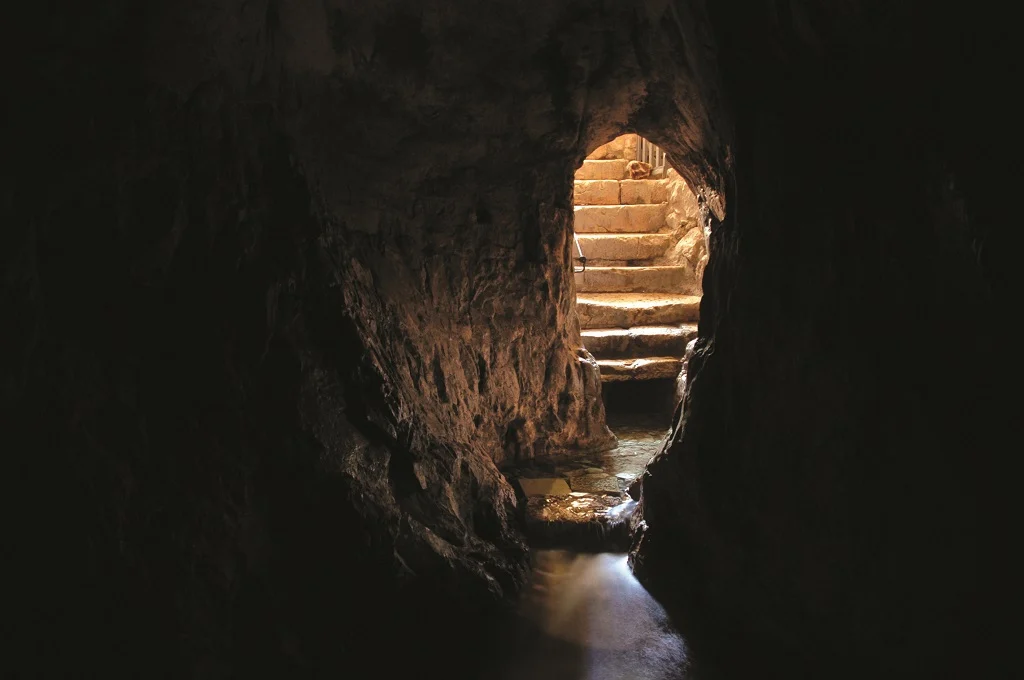Just outside the walls of the Old City of Jerusalem, you will find the famous City of David, a place where history resonates deeply. As the birthplace of Jerusalem, this ancient site holds the secrets of civilizations past, offering a unique glimpse into the origins of one of the world’s most revered cities. The City of David is not just an archaeological site. it is a living testament to the cultural and religious heritage that has shaped the region for millennia.

Blessing from Jerusalem
- Anointing Oil made in Israel - the land of the Bible
- Blessing from Jerusalem Collection
- This Anointing Oil contains virgin olive oil from the Galilee and Jerusalem and scented with flowers and Herbs essences
The City of David Historical Background and Significance
The City of David dates back over 3,000 years to the time of King David, who established it as the capital of his kingdom after capturing Jerusalem. This ancient settlement, strategically located near the Gihon Spring, became the center of political, religious, and cultural life in ancient Israel. Over the centuries, it expanded and evolved, but the City of David remained the heart of Jerusalem, influencing its development and significance in both biblical and historical contexts.
Archaeological evidence suggests that the City of David was a thriving urban center, complete with palaces, fortifications, and water systems. It played a crucial role during various periods, including the reigns of Solomon and Hezekiah, and it is often mentioned in the Bible, underscoring its importance in Jewish history.
Major Archaeological Discoveries
Excavations in the City of David have uncovered some of the most significant archaeological finds in Israel. Among these are the remnants of King David’s Palace, the Warren’s Shaft, and the Hezekiah’s Tunnel, a marvel of ancient engineering designed to protect the city’s water supply during sieges.

Other notable discoveries include the Stepped Stone Structure, believed to be part of the city’s fortifications, and the Pool of Siloam, where Jesus is said to have healed a blind man according to the New Testament. These findings have provided invaluable insights into the daily life, architecture, and religious practices of the ancient inhabitants of Jerusalem.
Key Sites to Visit in the City of David
- The Gihon Spring (מעיין הגיחון): The ancient water source that sustained Jerusalem’s early inhabitants.
- Hezekiah’s Tunnel (נקבת השילוח): A remarkable tunnel carved out of solid rock to secure the city’s water supply.
- The Pool of Siloam (בריכת השילוח): An ancient reservoir with biblical significance.
- The Stepped Stone Structure: An impressive ancient fortification that showcases the city’s strategic importance.
- Derech Ha’olelim La’regel (The Pilgrimage Road): One of the most fascinating discoveries in the City of David is the ancient Derech Ha’olelim La’regel (דרך עולי הרגל). This ancient pathway was used by Jewish pilgrims during the Second Temple period, guiding them from the Pool of Siloam up to the Temple Mount.



The City of David in Biblical Context
The City of David is frequently mentioned in the Bible, serving as a backdrop for many pivotal events in Jewish history. It is here that David established his kingdom, bringing the Ark of the Covenant to Jerusalem and laying the foundations for Solomon’s Temple. The city’s biblical significance extends beyond the Jewish faith, as it is also important in Christian and Islamic traditions, making it a focal point for pilgrims and scholars alike.
Modern-Day Relevance and Preservation Efforts
Today, the City of David is not only an archaeological treasure trove but also a symbol of the ongoing efforts to preserve Jerusalem’s rich cultural heritage. The site is managed by the City of David Foundation, which works to uncover and protect the ancient ruins while educating the public about their historical importance. Preservation efforts are critical as they ensure that future generations can continue to explore and learn from this ancient site.
Visitor Information and Tips
When visiting the City of David, make sure to wear comfortable walking shoes, as the terrain can be uneven. The site offers guided tours that provide in-depth explanations of the archaeological finds and their historical context. Visitors should also bring water and sun protection, especially during the hot summer months.
The City of David is easily accessible from the Old City of Jerusalem, and it is recommended to set aside at least half a day to explore the site thoroughly. For those interested in biblical history, special tours focusing on the site’s religious significance are also available.
